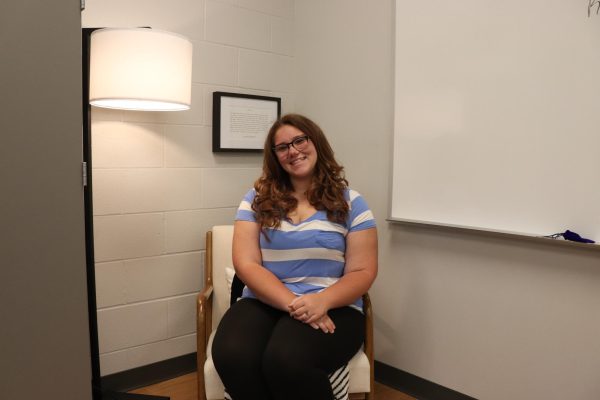What were the Salem Witch Trials? It was a one-year time period in the 1690s in Europe. When women, children, and men were accused of practicing witchcraft. This all started in the spring of 1692 when a few local girls from the Salem Village in Europe claimed that they were possessed by the devil. These girls accused several local women of being witches. As word spread around, a special court was set to hear the case of Bridget Bishop who was hanged that June because she was convicted of witchcraft. Bishop was followed by eighteen others to Salem’s Gallow Hills, while another 150 men, women, and children were accused of practicing witchcraft over the next couple of months.
What seems to have caused the Salem Witch Trials? During this time, the British and French Wars that were fought in the American colonies caused a smallpox epidemic in its aftermath. At this time believing in superstition was common in colonial New England. Furthermore, the trials were fueled by suspicion and resentment towards neighbors. It was later found in 1976 toxicologists found that the fungus ergot, which is found in rye, wheat, and other cereals, can cause symptoms such as delusions, muscle spasms, and vomiting. This is relevant because it is now believed that this is what caused the outbreaks of “possession”
Who were the victims of the Salem Witch Trials? I am unaware of all the victims, but here is the story of a few memorable victims. In January of 1692, nine-year-old Elizabeth Parris and eleven-year-old Abigail Williams, the daughter and niece of Samuel Parris, the minister of Salem, began having fits of violent contortions and outbursts of screaming. After the local doctor diagnosed the girls with bewitchment, other girls in the town started to exhibit similar behavior. The names of these girls are as follows: Ann Putnam Jr, Mercy Lewis, Elizabeth Hubbard, Mary Walcott, and Mary Warren. These women later recovered and married.
In late February of 1692 arrest warrants were issued for the Parris’ slave Tituba and two other women, Sarah Good, who was a homeless beggar, and Sarah Osborne, a poor elderly woman, whom the young girls accused of bewitching them. The ladies were brought to court and were tried for witchcraft. Their accusers even showed up during the trial. Good and Osborne had denied all the accusations. However, Tituba confessed, most likely trying to save herself from a specific conviction. Tituba proceeded to act as an informer, and she claimed that others worked along with her in service of the devil against the Puritans. As hysteria spread, many more were convicted, including the newly appointed governor of Massachusetts, William Phips, and two upstanding women of the church named Martha Corey and Rebecca Nurse. Sarah Goods’ oldest daughter was also accused at this time.
During this time, there were eighteen hangings and seven deaths in jail. One man was stoned to death since he refused to give a plea at his arraignment. Later on, the prime minister and his father started to advocate for there to be a standard of evidence provided to convict those on trial. Later, the witch trials began to dwindle until early 1693.
Even with this short period, it made a huge impact on life. Later in 1697, the Massachusetts courts set a day of fasting in remembrance of the tragic year that they endured.Later on, the courts had deemed the trials as unlawful. The leading justice Samuel Sewall publicly apologized and restored good names. He even continued to provide financial restitution to their heirs in 1711.
all information was cited from www.history.com
Categories:
Salem Witch Trials: How Paranoia Kills
More to Discover
About the Contributor

Emmalie Foster, Staff Writer
Emmalie is a sophomore at DHS and a second-year member of the Crimsonian staff. She is a member of the marching band as well. In her free time she enjoys spending time out with friends or gaming. After high school, she plans to go to nursing school.







